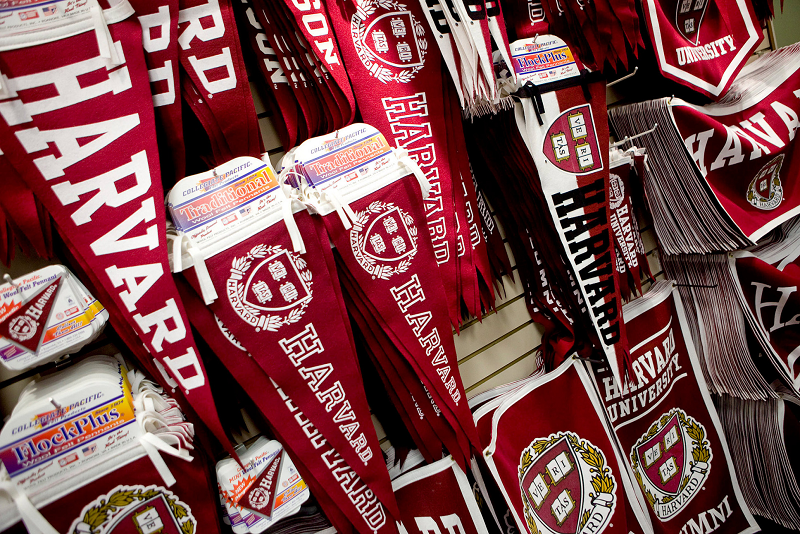BROWSE BY TOPIC
- Bad Brokers
- Compliance Concepts
- Investor Protection
- Investments - Unsuitable
- Investments - Strategies
- Investments - Private
- Features/Scandals
- Companies
- Technology/Internet
- Rules & Regulations
- Crimes
- Investments
- Bad Advisors
- Boiler Rooms
- Hirings/Transitions
- Terminations/Cost Cutting
- Regulators
- Wall Street News
- General News
- Donald Trump & Co.
- Lawsuits/Arbitrations
- Regulatory Sanctions
- Big Banks
- People
TRENDING TAGS
Stories of Interest
- Sarah ten Siethoff is New Associate Director of SEC Investment Management Rulemaking Office
- Catherine Keating Appointed CEO of BNY Mellon Wealth Management
- Credit Suisse to Pay $47Mn to Resolve DOJ Asia Probe
- SEC Chair Clayton Goes 'Hat in Hand' Before Congress on 2019 Budget Request
- SEC's Opening Remarks to the Elder Justice Coordinating Council
- Massachusetts Jury Convicts CA Attorney of Securities Fraud
- Deutsche Bank Says 3 Senior Investment Bankers to Leave Firm
- World’s Biggest Hedge Fund Reportedly ‘Bearish On Financial Assets’
- SEC Fines Constant Contact, Popular Email Marketer, for Overstating Subscriber Numbers
- SocGen Agrees to Pay $1.3 Billion to End Libya, Libor Probes
- Cryptocurrency Exchange Bitfinex Briefly Halts Trading After Cyber Attack
- SEC Names Valerie Szczepanik Senior Advisor for Digital Assets and Innovation
- SEC Modernizes Delivery of Fund Reports, Seeks Public Feedback on Improving Fund Disclosure
- NYSE Says SEC Plan to Limit Exchange Rebates Would Hurt Investors
- Deutsche Bank faces another challenge with Fed stress test
- Former JPMorgan Broker Files racial discrimination suit against company
- $3.3Mn Winning Bid for Lunch with Warren Buffett
- Julie Erhardt is SEC's New Acting Chief Risk Officer
- Chyhe Becker is SEC's New Acting Chief Economist, Acting Director of Economic and Risk Analysis Division
- Getting a Handle on Virtual Currencies - FINRA
ABOUT FINANCIALISH
We seek to provide information, insights and direction that may enable the Financial Community to effectively and efficiently operate in a regulatory risk-free environment by curating content from all over the web.
Stay Informed with the latest fanancialish news.
SUBSCRIBE FOR
NEWSLETTERS & ALERTS
'College Bowl 2016': Tiny Houghton College Beats Harvard
How many of you remember the 1960’s television show, the General Electric (G.E.) College Bowl? It started out on radio in 1953, and moved to television from 1959 to 1970. Moderated by Allen Luden, then Robert Earle, it was a game that measured teams of students – their intelligence and quick recall of facts – based on the sort of questions asked on ‘Jeopardy’.
'College Bowl 2016’ has been updated, and now deals with the hotly competitive returns of College Endowment Performance.
And results for 2016 were just released by the National Association of College and University Business Officers – aka Nacubo - and the Commonfund Institute. For the 2nd year, schools with the smallest endowments thumped their billion-dollar-plus rivals – i.e., Ivy League schools.
- HARVARD said its investments declined by 2%, and its endowment total dropped by $2 billion to $35.7 billion. Harvard is now shaking up its endowment management.
- YALE did much better than many of its peers, gaining 3.4%, which still lagged the 4% return over the same period for the S&P 500-stock index and wasn’t enough to offset spending. Yale’s total endowment dropped by $200 million to $25.4 billion.
Compare those returns to HOUGHTON COLLEGE, a liberal arts institution affiliated with the Wesleyan Church in western New York, with. Houghton has just over a thousand students and an endowment of $46.4 million.
Houghton emerged in the top quartile of all endowments, according to Nacubo, with a return of 11.85%, for the fiscal year ended 9/30/16. For the calendar year, the results were also impressive, at 7.54%. Houghton was able to lower its spending rate - the amount it withdraws each year to fund operations - to an enviable 4.5%, and may be able to lower it further, to 4%.
HOW DID TINY HOUGHTON DO IT? The answer is pretty simple: Houghton got out of hedge funds and all alternative investments a 1-1/2 years ago, and moved the entire portfolio to a mix of low-cost index funds and mutual funds at the fund giant Vanguard.
Houghton’s endowment is now invested in a simple mix of 76% in stocks, evenly divided between U.S. and foreign, and 24% in fixed income, according to Vincent Morris, who joined Houghton last year as its VP for finance after a stint in risk management at the insurance broker Arthur J. Gallagher. Roughly half the endowment is in low-cost index funds, and the rest is in actively managed mutual funds.
Houghton’s investment committee met this week, and is likely to move even further from active management, Mr. Morris said. “I went to the University of Chicago, where I sat in a lot of investment classes,” he told me. He learned how difficult it was for active managers to outperform market averages, “especially year after year,” he said, adding, “I’m a big believer in passive investment.”
As for hedge funds and other high-cost alternatives, “the whole two-and-20 model” — in which investors typically pay 2 percent of assets under management and 20 percent of any gains — “is ridiculous,” Mr. Morris said. “The cost structure is outrageous. As they say on Wall Street, ‘Where are the customers’ yachts?’ I’m not going to play that game.”
EXPOSURE TO ALTERNATIVE INVESTMENTS. As Houghton’s experience suggests, the past year’s disparity in results between the large and small endowments can almost entirely be explained by the differing allocations to alternative investments, especially hedge funds.
- Endowments larger than $1 billion had 58% of their assets in alternative strategies on average, with 20% in hedge funds and 12% in private equity.
- Smallest endowments - those of < $25 million - had just 10% in alternatives, with 6% in hedge funds and a mere 1% in private equity.





